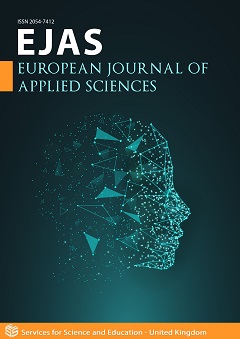Assessment of Topical Formulations Skin Permeation Using Raman Spectroscopy
DOI:
https://doi.org/10.14738/aivp.113.14907Keywords:
Raman spectroscopy, hydrogels, skin permeation, lidocaine, meloxicamAbstract
The use of new noninvasive analytical techniques and procedures for the assessment of topical formulation skin permeation has been a challenge for pharmaceutics sciences. In recent years, Raman spectroscopy has been limited to the identification of components inside a sample or unknown substances. In this work, a handheld Raman spectrometer was used in the follow-up of active pharmaceutical ingredients (APIs) in topical formulations. Thus, in combination with Franz cells and Tape stripping procedures, permeation flux and retained drug amount in layers of skin were evaluated in hydrogels of lidocaine (LD) and meloxicam (MX) with myristate isopropyl (IPM). The proposed method allows lower analysis time, simple operation, collects direct measures of APIs without preview sample treatment, and avoids the use of solvents in support of eco-friendly. The obtained results demonstrate the effective use of IPM as a permeation promotor agent increasing the permeation flux of 59.9 to 72.2 cm/min and 31.8 to 41.0 cm/min for LD and MX hydrogels, respectively. The developed analytical method by Raman spectroscopy obtained determination coefficients of r2≤ 0.993, an inter-day precision (repeatability) of %RSD ≤ 5%, limits of detection (LODs) and quantification (LOQs) from 0.05 and 0.07 mg/mL, respectively. Finally, the advantages and limitations of this proposed quantification alternative were compared with other analytical methods, which could suggest their potential application and incorporation in standardized guidelines of skin permeation.
Downloads
Published
How to Cite
Issue
Section
License
Copyright (c) 2023 Peña-Velasco, Gabriela, Amador-González, Enrique, Melgoza-Contreras, Luz María , Hernández-Baltazar, Efrén

This work is licensed under a Creative Commons Attribution 4.0 International License.






